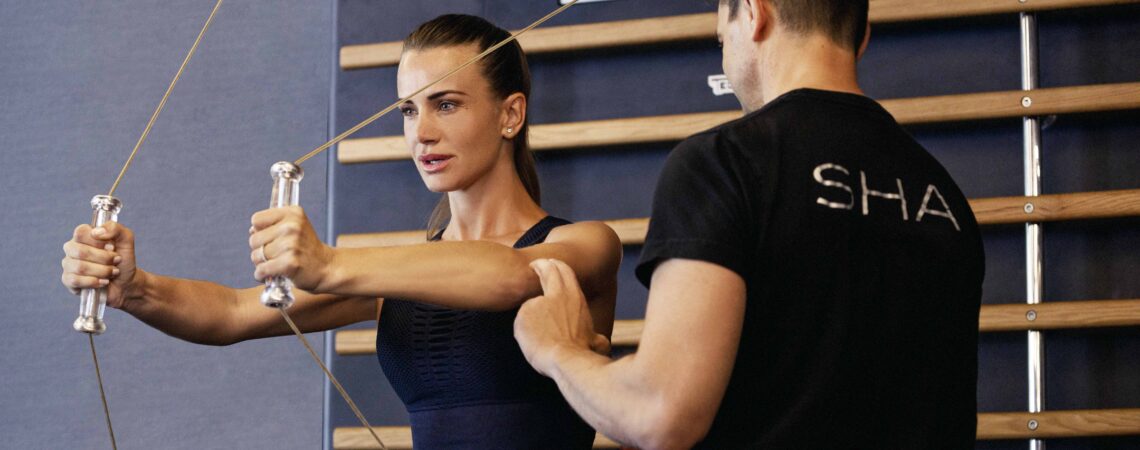Subscribe to our newsletter
Receive news and benefits on health and wellness.

SHA Magazine Be SHA
When exercising, many people tend to focus more on exertion than on breathing. And they shouldn’t because breathing is fundamental for achieving optimal performance. Breathing in speeds up the heart rate and increases oxygen intake, increasing energy production, which is essential when exercising. And when you breathe out, the pulse slows and the body expels carbon dioxide, which helps to slightly reduce the body’s acidity caused by carbonic acid.
As Francisco Payán, Fitness supervisor at SHA Wellness Clinic, explains, ”breathing influences both body position and the strength applied, as well as delaying fatigue. However, different sports require different types of breathing. Thus, runners should breathe naturally and evenly. However, depending on their pace, they should take shorter inhalations and exhalations if they’re running really fast, and much more gentle ones if they’re running at a normal jog.
On the other hand, if you are doing strength exercises in the gym, even with low weight, it’s best to breathe in during the eccentric phase and breathe out during the concentric phase. For example, when doing a squat, you should inhale on the way down and exhale on the way up. This helps you lock the abdominal wall better, avoiding a forward or backward rotation of the hip, which puts a lot of pressure on the lumbar muscles.
This is why combining strength and breathing promotes better control. Breathing is also extremely helpful in isometric exercises, such as planks with the elbows or hands. Normally, when you start to get tired, you lower your lower back, bending your body. But if you work on your breathing, you’ll maintain a better body position and more abdominal focus.
“Breathing can be a very reliable barometer for the athlete”, says Rachel Rose, mind-body expert at SHA Wellness Clinic, says. “The moment you exceed the level of effort and you can no longer breathe through your nose, you have to slow it down a bit because it’s the body itself that tells you the rhythm and depth of your breathing. That’s why it’s very important to learn to perceive what is the right amount of effort that allows you to maintain effective nasal breathing”.
Finally, Rachel reminds us never to breathe in through the mouth. “When breathing through the nose, the air passes through membranes that filter out dust, pollution particles and other environmental impurities, preventing them from reaching the lungs. But this doesn’t happen when you breathe in through the mouth, which can irritate the lungs and affect their performance”.
Receive news and benefits on health and wellness.
